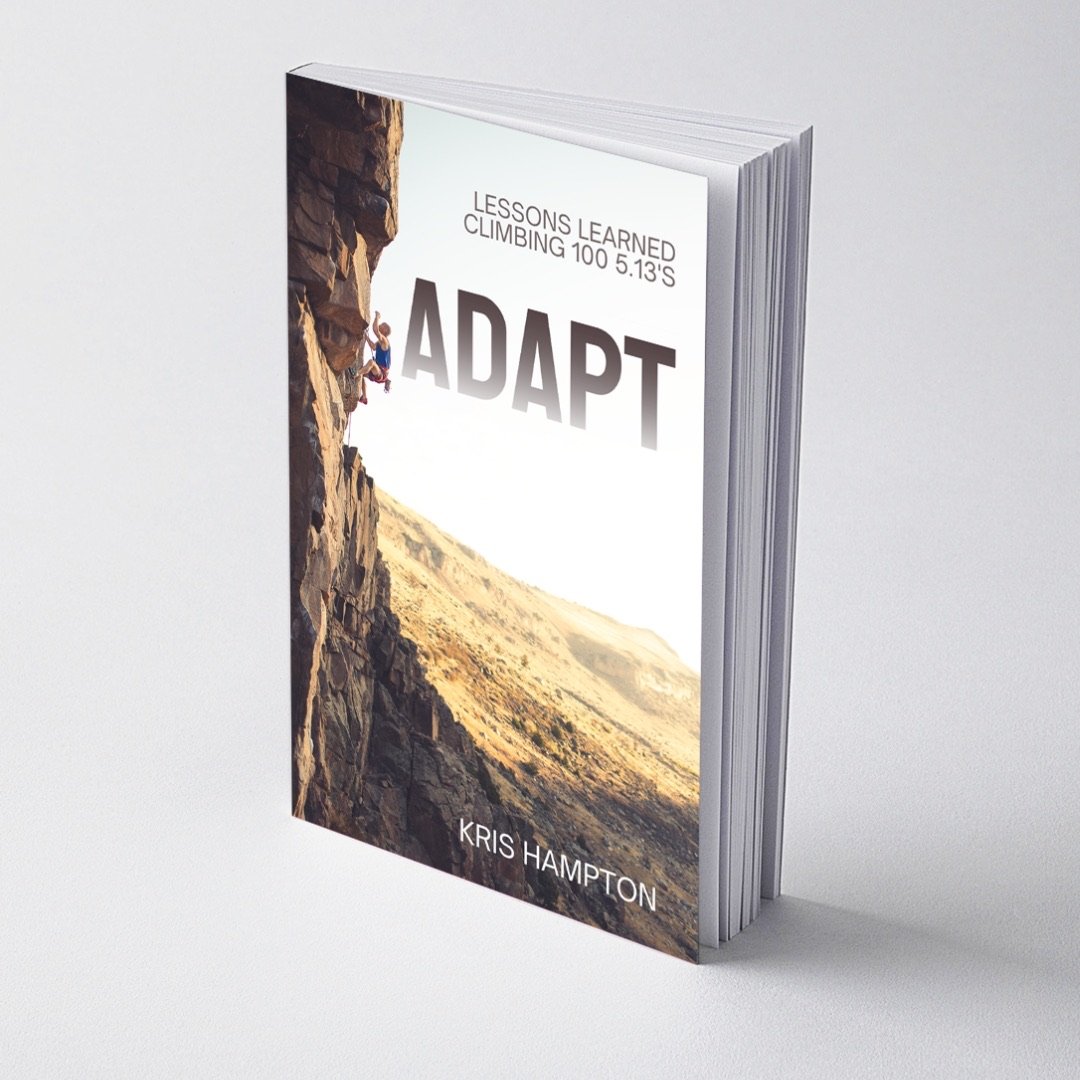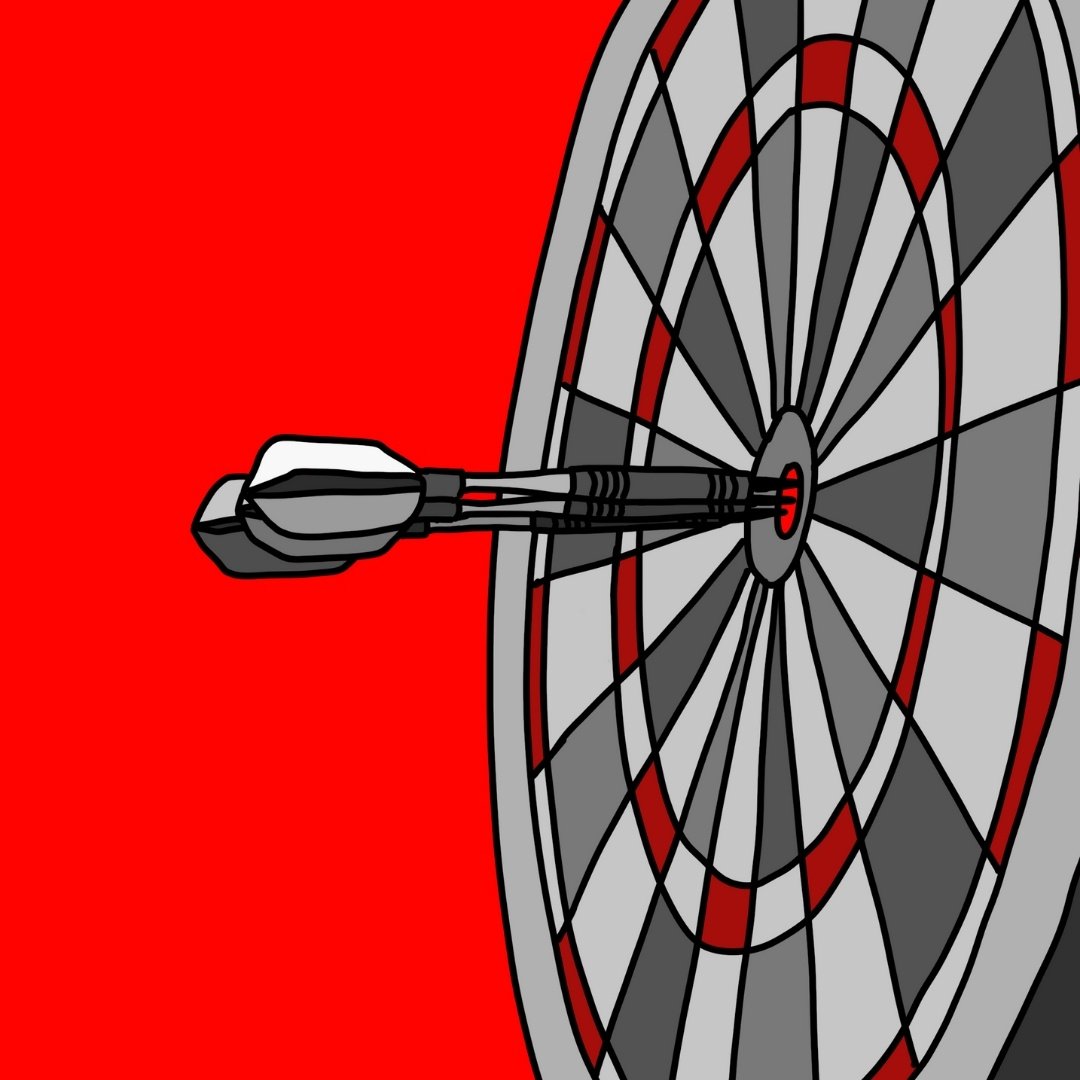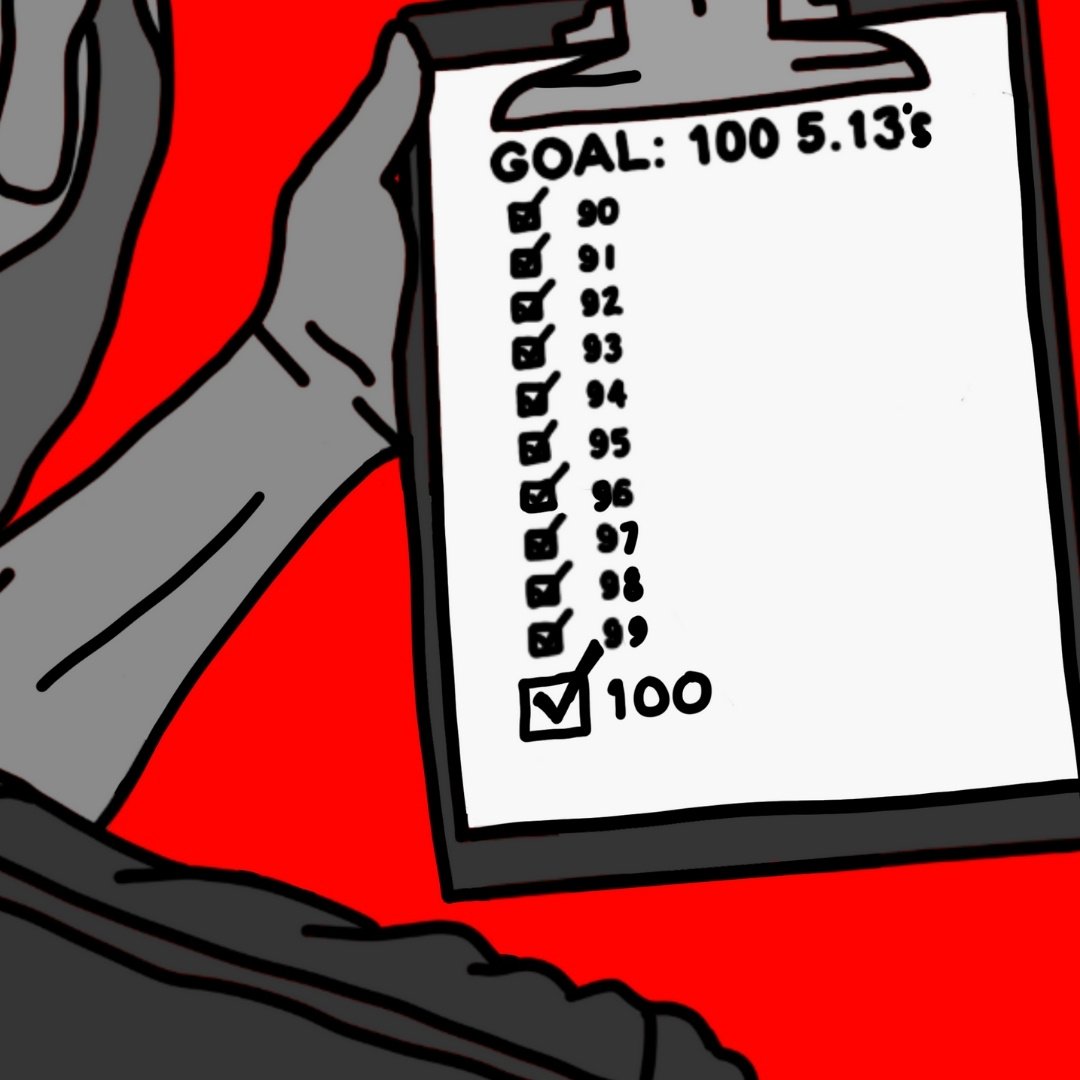Climbing Common Sense Isn’t Always Common Practice
This thing is about two weeks late. I know. But I have a good reason.
For the past few weeks I’ve been re-releasing an old series of Board Meetings that Nate and I recorded back in 2018. I revisited them after writing my recent book, Adapt: Lessons Learned Climbing 100 5.13’s, (which is now also available on Amazon and Kindle) because all of the topics we touched on were also explored in the book.
Maybe it goes without saying, but returning to the common sense of how and why we do this thing SHOULD be common practice – but it rarely is.
It’s not hard to get wrapped up in the small details that only move the needle a tiny bit. The new protocols or new training tools. The newest board on the market. A better version of a force gauge.
And I’m not saying we should ignore those things. I like them, too. But they aren’t magic. The common sense will still apply.
Anyway, the series is based on a conversation that I had with Trevor Ragan from Learner Lab. In it, he says:
“Common sense isn’t always common practice.”
It obviously stuck with me, because here I am, over 7 years later, still discussing it. Which, I think, is the point.
Yes, it’s common sense. It’s common sense that I’ll be better prepared for X grade if I do more of the grades just below it. It’s common sense that if I can’t complete that lowpoint, I shouldn’t even be trying the redpoint. It’s common sense that if I let a crowd deter me from trying my project, I can’t send my project.
Common sense. Not common practice.
A couple of days ago, Trevor posted a reel on Instagram that I found really interesting because it mirrors my own experience. It’s also relevant to this discussion of common sense.
In it, he talks about a study that looked at people who were scared of both spiders and heights. One group went through exposure therapy to spiders and one group did nothing. Interestingly, the group who went through the spider exposure therapy also became more comfortable with heights.
Working through the fear of one thing transferred to being less afraid of another.
Many of us have seen this. We’ve experienced it. We can become more emboldened by pushing through some small challenge, and it can keep growing. It’s how we can do hard things. And here’s where I start drawing conclusions that might not be so obvious:
Common sense is easy. Common practice is hard.
One step toward making something common practice makes that next step easier.
If you’ve always onsighted because that’s what you value, but you KNOW that working on a project will be good for you, then try a mini project. You might find the process to be more valuable than you expected. You might be so emboldened as to tackle something harder.
If you shy away from an attempt on your dream project because of a crowd, you can easily practice that on the new set in the gym. Do it a few times in small amounts. You might find that there’s more camaraderie than you expected. You might be so emboldened as to share your project with a group of climbers.
And so on.
My most recent YouTube video is based on a chapter of the book called “Fold Faster.” In it, I discuss why we should sometimes quit sooner – or at the very least, when in doubt, we should have a way to know that continuing is the right answer.
That should be common sense. Quitting a job or a relationship that is no longer working or any other thing that doesn’t serve you, should be common sense. But it isn’t. We hate to quit.
Last month a valued member of this community posted a review of Adapt on Instagram. In it, she said, “Kris never misses.” I had to send a note to correct her. I miss more than most people. Far more. I just swing way more often. I’m quick to quit a thing if it’s not working and I’m quick to try a different iteration. Maybe too quick. I’m still adjusting that. But I’m also good at continuing, even when I’m unlikely to succeed, if I know it’s for a good reason. I also made a video about that.
The point is, after holding on to some things for too long, I’ve seen the power of quitting, and that’s led me to be better at finding what works. In climbing, in business, and in life.
Common sense, but far from common practice.
One of the things I’m planning to do this year is lean into YouTube. Not just making videos, but improving at visually communicating complex ideas. Animation, acting things out – whatever it takes. I’ve done a lot of things I wanted to do with audio, and it isn’t stopping, but video provides a way for me to continue to be creative while still teaching.
If you’re a YouTube kind of person, and you aren’t subscribed, please do. I can’t promise that I won’t try something new and then quit and try something else, but I can promise that I’m doing my best to learn the medium. Thanks.
If you’re reading this, you’re probably someone who enjoys thinking deeply about how we can improve as climbers. If you also enjoy brainstorming and discourse, I’d love your feedback. If you have a lightbulb moment or a big question that hasn’t been answered, shoot us an email. Or a message on Instagram, or Patreon, or wherever. Just send it.
That's how we all get better. Together.
See you in a month or so, or maybe more like 15 days if I’m actually on top of things.
–Kris
Related Things to Stay Current:
Check out our Performance Tactics Resource Page, which is updated with pods, articles, and videos that will help you SEND.
I got ambitious (for me) in the animation of this video. I’m planning to continue this style forward and see what I can learn.
Subscribe to the podcast on your favorite pod player.
My latest book, Adapt: Lessons Learned Climbing 100 5.13’s is out now, and also available on Amazon and Kindle.
Don’t forget! If you aren’t on the email list for The Current, you won’t get the email next month. Make sure you’re subscribed HERE.



















